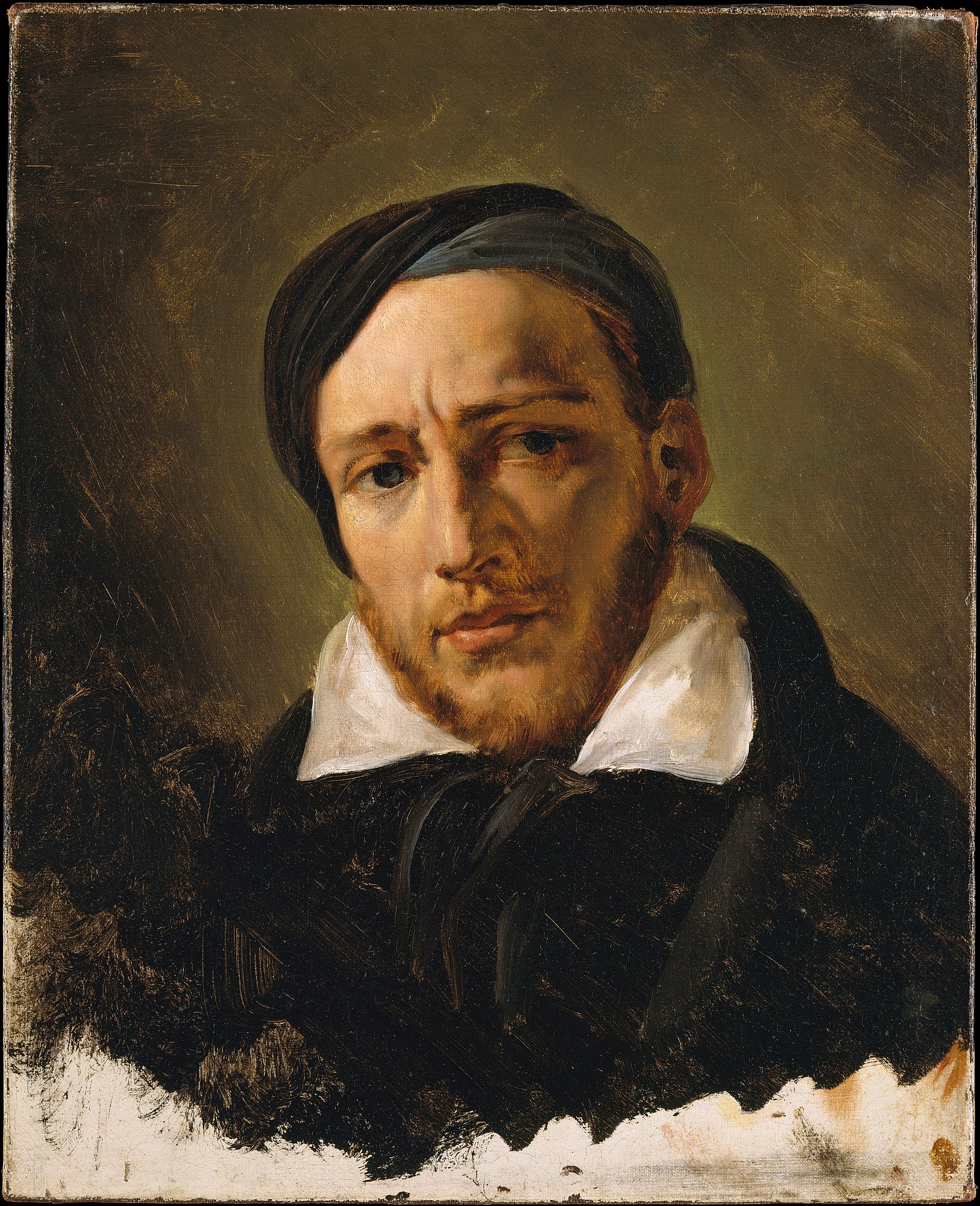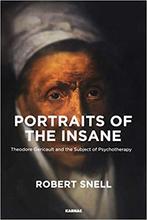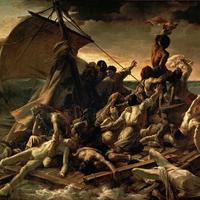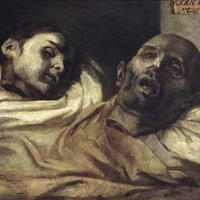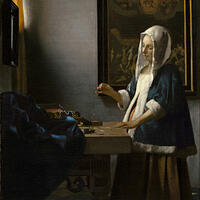More about Théodore Géricault
- All
- Info
- Shop

Sr. Contributor
Théodore Géricault was mostly self-taught. After receiving an inheritance from his deceased mother, he entered a master's studio to learn painting.
To avoid the rebuke of his father, Gericault had his uncle vouch that he'd entered the family trade as a tobacco merchant. Just like any father, the elder Gericault just hoped his boy would enter the wholesome cigarette business rather than something morally bankrupt, like being an artist.
Gericault left the classroom and mastered painting by copying meisterwerks in the Louvre and around Rome, particularly those by Michelangelo. He was banned from the Louvre, then called the Musee Napoleon, for assaulting a fellow art student. While the reason for this scuffle is lost to history, it's likely a case of Gericault picking out the largest person in the art yard to show no one should criticize him.
When he was called for military service in a draft, Gericault purchased a substitute. Three years later, he volunteered in the National Guard for the king, making him a legit musketeer. The entire squad was forced into hiding in 1814 after Napoleon sent the king into exile. Napoleon ordered all the musketeers, like Gericault, to stay away from Paris. However it's likely that Paris is exactly where Gericault stayed throughout the exile. The king returned to the throne by July and Gericault, and many others, were discharged honorably. Military lesson of the day: Shrug off responsibilities until they're convenient and disobey all orders, and you'll do just fine.
Gericault's only child was from a relationship with his reportedly hot aunt, Alexandrine-Modeste. They were forcibly separated and the child sent away, never to meet his father. Years after Gericault's premature death, the culmination of horse riding accidents and spinal tuberculosis, his son would put forth the funds for his father's final resting place. Gericault and Alexandrine were related only through marriage, so the incest wasn't 'biological.' If that's the distinction you have to make for it to sound okay, it's probably not a good idea... if you're a prude.
As an artist, Gericault continually bucked what art aficionados considered appropriate subjects. His major work, Raft of the Medusa, was censured in France. No one purchased it, despite a gold medal in the Louvre's Salon of 1819. Gericault toured Raft to paying crowds in Britain for two years. The painting's subversive content raising ire in France were hilarious to the British. After watching various BBC series on Netflix, we don't think the British even know what British humor is.
Portraits of the mentally ill by Gericault were discovered a half century after his death, furthering a legacy that pushed the boundaries of acceptability. There were originally ten in the series, but five survive. It's possible that the five missing works complement the five extant ones as a before and after advertisement showing the benefits of psychiatric treatment on five individuals with various pathologies. Even then, poor artists took jobs in advertising to fund their passion projects.
Featured Content
Here is what Wikipedia says about Théodore Géricault
Jean-Louis André Théodore Géricault (
French: [ʒɑ̃lwi ɑ̃dʁe teɔdɔʁ ʒeʁiko]; 26 September 1791 – 26 January 1824) was a French painter and lithographer. His best-known painting is The Raft of the Medusa. Despite his short life, he was one of the pioneers of the Romantic movement.
Check out the full Wikipedia article about Théodore Géricault

